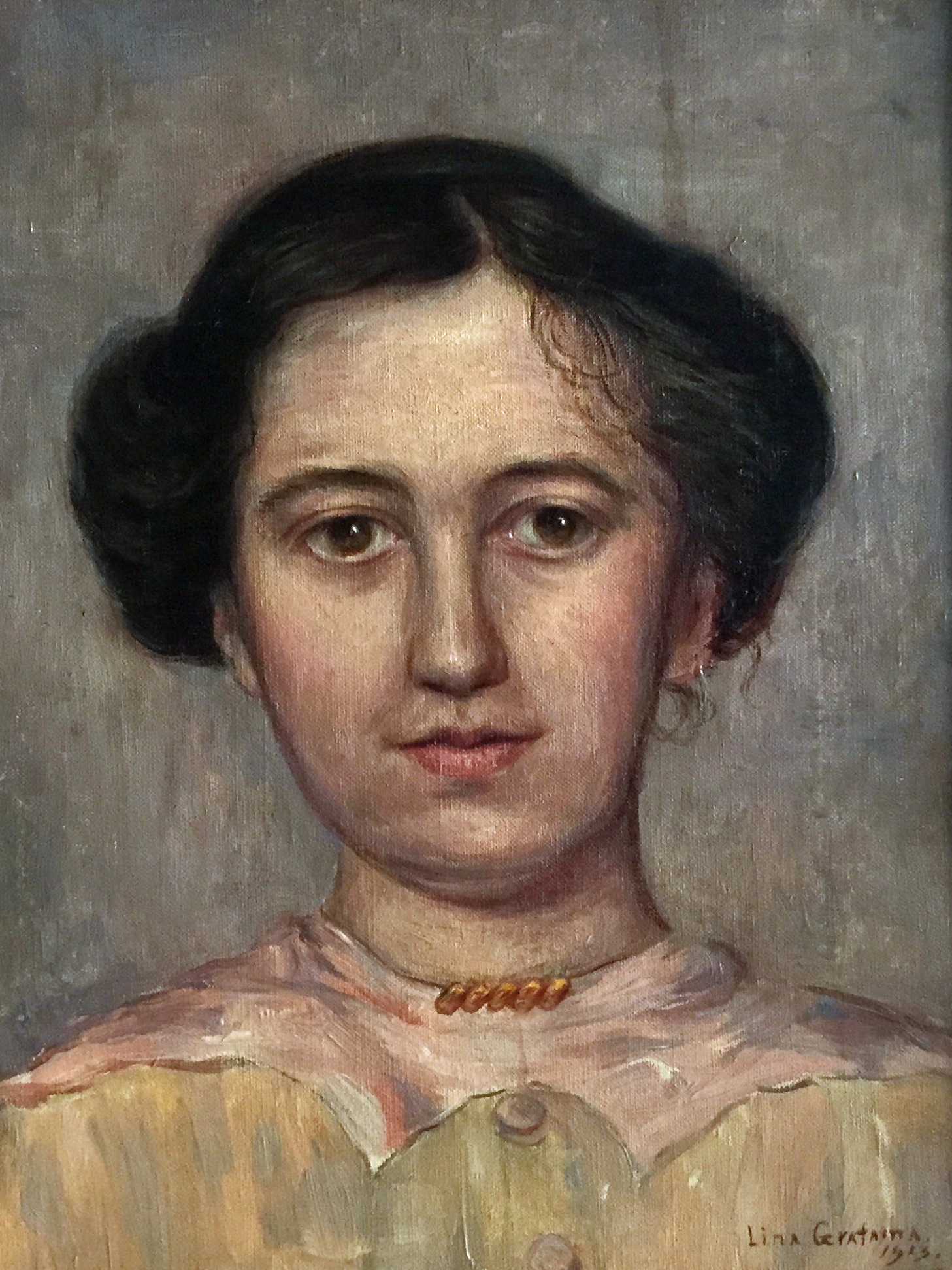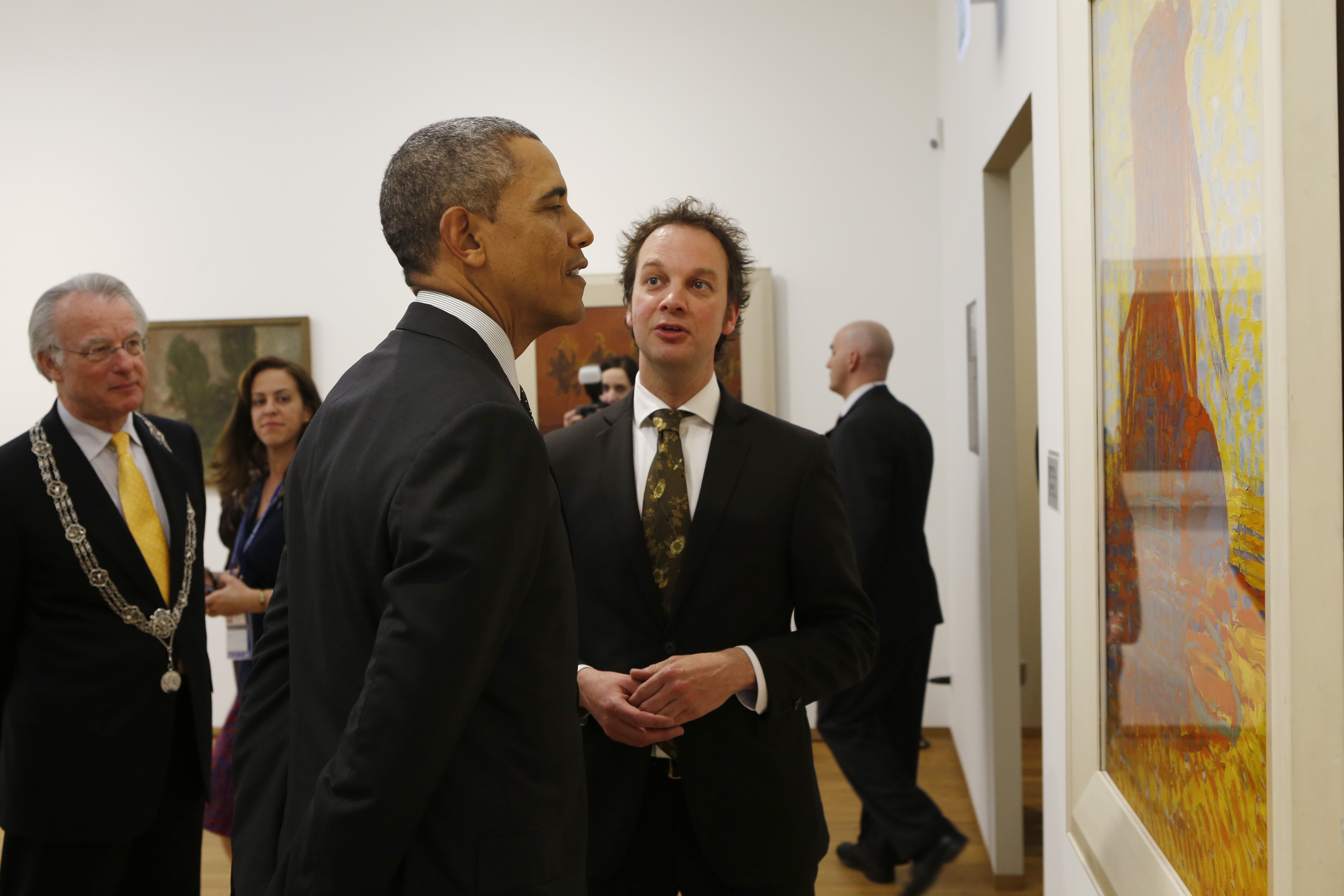|
Jan Gratama
Jan Gratama (16 August 1877 – 12 December 1947), was a Dutch architect. Biography He was born in Groningen and was the younger brother of the artist and museum director Gerrit David Gratama. His sister Lina Gratama (1875-1946) was a painter He studied at the Polytechnical School of Delft and became an amateur portrait artist like his older brother.Jan Gratama in the He was an artistic advisor to his sister Lina, who also became a portrait artist, and became known for her copies of the works in the and the |
Groningen
Groningen (; gos, Grunn or ) is the capital city and main municipality of Groningen province in the Netherlands. The ''capital of the north'', Groningen is the largest place as well as the economic and cultural centre of the northern part of the country; as of December 2021, it had 235,287 inhabitants, making it the sixth largest city/municipality of the Netherlands and the second largest outside the Randstad. Groningen was established more than 950 years ago and gained city rights in 1245. Due to its relatively isolated location from the then successive Dutch centres of power (Utrecht, The Hague, Brussels), Groningen was historically reliant on itself and nearby regions. As a Hanseatic city, it was part of the North German trade network, but later it mainly became a regional market centre. At the height of its power in the 15th century, Groningen could be considered an independent city-state and it remained autonomous until the French era. Today Groningen is a university ci ... [...More Info...] [...Related Items...] OR: [Wikipedia] [Google] [Baidu] |
Gerrit David Gratama
Gerrit David Gratama (22 March 1874 – 20 August 1965), was a Dutch artist, writer, and director of the Frans Hals Museum. Biography He was born in Groningen and was the brother of the architect Jan Gratama and painter Lina Gratama (1875-1946). He studied at the Hague Academy of art during the years 1892-1895, and afterwards during the years 1895-1897 he continued his studies at the Royal academy of art in Antwerp.Obituary of Hendrik van Borssum Buisman (1 January 1873 - 15 October 1951) in Jaarboek Haerlem 1951, by G.D. Gratama, pp. 31-32, De Erven F. Bohn N.V., Haerlem, 1951Gerrit David Gratama in the He was a pupil in Antwerp of |
Lina Gratama
Petronella Johanna Carolina "Lina" Gratama (1875–1946) was a Dutch painter, art historian, and political activist. Biography Gratama was born on 19 March 1875 in Groningen. She is the sister of the architect Jan Gratama and the painter Gerrit David Gratama. Lina studied at Akademie van beeldende kunsten (Den Haag) ( Royal Academy of Art, The Hague), graduating in 1900. Gratama died on 12 June 1946 in The Hague. Work Gratama was famous for producing copies of paintings of museums, including the Mauritshuis and Gemeetemuseum. Her work appeared in exhibitions in 1903, 1912, 1924 and 1935. Gratama's work was also included in the 1939 exhibition and sale '' Onze Kunst van Heden'' (Our Art of Today) at the Rijksmuseum The Rijksmuseum () is the national museum of the Netherlands dedicated to Dutch arts and history and is located in Amsterdam. The museum is located at the Museum Square in the borough of Amsterdam South, close to the Van Gogh Museum, the St ... in Amste ... [...More Info...] [...Related Items...] OR: [Wikipedia] [Google] [Baidu] |
Polytechnical School Of Delft
Delft University of Technology ( nl, Technische Universiteit Delft), also known as TU Delft, is the oldest and largest Dutch public technical university, located in Delft, Netherlands. As of 2022 it is ranked by QS World University Rankings among the top 10 engineering and technology universities in the world. In the fields of architecture and civil engineering, it was ranked 2nd in the world, after MIT (Massachusetts Institute of Technology). With eight faculties and numerous research institutes, it has more than 26,000 students (undergraduate and postgraduate) and 6,000 employees (teaching, research, support and management staff). The university was established on 8 January 1842 by William II of the Netherlands as a Royal Academy, with the primary purpose of training civil servants for work in the Dutch East Indies. The school expanded its research and education curriculum over time, becoming a polytechnic school in 1864 and an institute of technology (making it a full-fledg ... [...More Info...] [...Related Items...] OR: [Wikipedia] [Google] [Baidu] |
Mauritshuis
The Mauritshuis (; en, Maurice House) is an art museum in The Hague, Netherlands. The museum houses the Royal Cabinet of Paintings which consists of 854 objects, mostly Dutch Golden Age paintings. The collection contains works by Johannes Vermeer, Rembrandt van Rijn, Jan Steen, Paulus Potter, Frans Hals, Jacob van Ruisdael, Hans Holbein the Younger, and others. Originally, the 17th-century building was the residence of count John Maurice of Nassau. It is now the property of the government of the Netherlands and is listed in the top 100 Dutch heritage sites. History In 1631, John Maurice, Prince of Nassau-Siegen, a cousin of stadtholder Frederick Henry, bought a plot bordering the Binnenhof and the adjacent Hofvijver pond in The Hague, at that time the political centre of the Dutch Republic. On the plot, the Mauritshuis was built as a home between 1636 and 1641, during John Maurice's governorship of Dutch Brazil. The Dutch Classicist building was designed by the Dutch arch ... [...More Info...] [...Related Items...] OR: [Wikipedia] [Google] [Baidu] |
Gemeentemuseum Den Haag
The Kunstmuseum Den Haag is an art museum in The Hague in the Netherlands, founded in 1866 as the Museum voor Moderne Kunst. Later, until 1998, it was known as Haags Gemeentemuseum, and until the end of September 2019 as Gemeentemuseum Den Haag. It has a collection of around 165,000 works, over many different forms of art. In particular, the Kunstmuseum is renowned for its large Piet Mondrian, Mondrian collection, the largest in the world. Mondrian's last work, ''Victory Boogie-Woogie'', is on display at the museum. The current museum building was constructed between 1931–1935, designed by the Dutch architect Hendrik Petrus Berlage, H.P. Berlage. The KM21 (museum for contemporary art) and Fotomuseum Den Haag (The Hague museum for photography) are part of the Kunstmuseum, though not housed in the same building and with a separate entrance fee. Collection Modern art The museum's collection of modern art includes works by international artists (Edgar Degas, Claude Monet, Pablo ... [...More Info...] [...Related Items...] OR: [Wikipedia] [Google] [Baidu] |
Berlage
Hendrik Petrus Berlage (21 February 1856 – 12 August 1934) was a Dutch architect. He is considered one of the fathers of the architecture of the Amsterdam School. Life and work Hendrik Petrus Berlage, son of Nicolaas Willem Berlage and Anna Catharina Bosscha, was born on 21 February 1856 in Amsterdam in the Netherlands. Anna Catharina Bosscha's uncle was Johannes Bosscha, a scientist who taught in Polytechnische School te Delft. Berlage studied architecture at the Zurich Institute of Technology between 1875 and 1878 after which he traveled extensively for 3 years through Europe. In the 1880s he formed a partnership in the Netherlands with Theodore Sanders which produced a mixture of practical and utopian projects. A published author, Berlage held memberships in various architectural societies including CIAM I. Berlage was influenced by the Neo-Romanesque brickwork architecture of Henry Hobson Richardson and of the combination of structures of iron seen with brick of ... [...More Info...] [...Related Items...] OR: [Wikipedia] [Google] [Baidu] |
Amsterdam School
The Amsterdam School (Dutch: ''Amsterdamse School'') is a style of architecture that arose from 1910 through about 1930 in the Netherlands. The Amsterdam School movement is part of international Expressionist architecture, sometimes linked to German Brick Expressionism. Buildings of the Amsterdam School are characterized by brick construction with complicated masonry with a rounded or organic appearance, relatively traditional massing, and the integration of an elaborate scheme of building elements inside and out: decorative masonry, art glass, wrought ironwork, spires or "ladder" windows (with horizontal bars), and integrated architectural sculpture. The aim was to create a total architectural experience, interior and exterior. Different Modern Movements in the 1920s Imbued with socialist ideals, the Amsterdam School style was often applied to working-class housing estates, local institutions and schools. For many Dutch towns Hendrik Berlage designed the new urban schem ... [...More Info...] [...Related Items...] OR: [Wikipedia] [Google] [Baidu] |
Gerrit Versteeg (architect)
Gerrit Versteeg (Vlaardingen, 2 August 1872 – Arnhem, 1938) was a Dutch urban architect., Nederlands Architectuurinstituut (1997) ''Muurvast & gebeiteld: beeldhouwkunst in de bouw 1840-1940.'' p. 131 Biography Versteeg was a son of Simon Versteeg and Alida Cornelia van der Kaaden, and grew up in Vlaardingen. His father was a farmer. In 1900, Gerrit married Hendrika Aleida Costerus. Versteeg studied in Delft for carpenter, and started his career at an architectural firm. Also he was assistant to Karel Sluijterman and to Eugen Gugel for some time. Between 1901 and 1914 he was Deputy Director of Public Works in Arnhem, under the director W.F.C. Sheep. Mr. Sheep was focused on urban design, and Versteeg was designed buildings. In this period many schools and commercial buildings were built, such as the tram depot, the slaughterhouse, the power plant and vegetable auction. Versteeg then moved to Amsterdam, where in 1914 he started working together with the architect Jan Grat ... [...More Info...] [...Related Items...] OR: [Wikipedia] [Google] [Baidu] |
AMRO Bank
The AMsterdamsche en ROtterdamsche Bank (AMRO Bank , "Bank of Amsterdam and Rotterdam") was a major Dutch bank that was created in 1964 by the merger of the Amsterdamsche Bank (est. 1871) and the Rotterdamsche Bank (est. 1863). In 1991, it merged with Algemene Bank Nederland (ABN) to form ABN AMRO. Amsterdamsche Bank The Amsterdamsche Bank was established on by a group of mainly German investors led by the Bank für Handel und Industrie (Darmstadt), in the context of German financial expansion following its victory of the Franco-Prussian War. It expanded rapidly from its base in Amsterdam to other cities in the Netherlands. In 1948 it took over (est. 1891), which it fully absorbed in 1956. Its elegant art nouveau head office building on Herengracht 597-601, designed by Eduard Cuypers and completed in 1897, was demolished in 1966. A subsequent on Rembrandtplein, designed by Bert Johan Ouëndag and completed in 1932, is a notable art deco landmark of Amsterdam. File:Amst ... [...More Info...] [...Related Items...] OR: [Wikipedia] [Google] [Baidu] |
Netherlands Architecture Institute
The Netherlands Architecture Institute (NAI) was a cultural institute for architecture and urban development, which comprised a museum, an archive plus library and a platform for lectures and debates. The NAI was established in 1988 and was based in Rotterdam since 1993. It ceased to exist in 2013, when it became part of Het Nieuwe Instituut. The NAI was a private organisation with a government brief, which was to manage the collection of archives that document the history of Dutch architecture. As a sector institute for architecture it was tasked with supporting the professional field. The building also housed a bookshop and a cafe. History The idea of establishing a national architecture museum came about in 1912 when the Amsterdam architects’ association Architectura et Amicitia was obliged to rent an extra room in Hotel Parkzicht in Amsterdam to store its archive of drawings and models. Architect J.H.W. Leliman was a key advocate of an architecture museum. A committee c ... [...More Info...] [...Related Items...] OR: [Wikipedia] [Google] [Baidu] |


.jpg)





